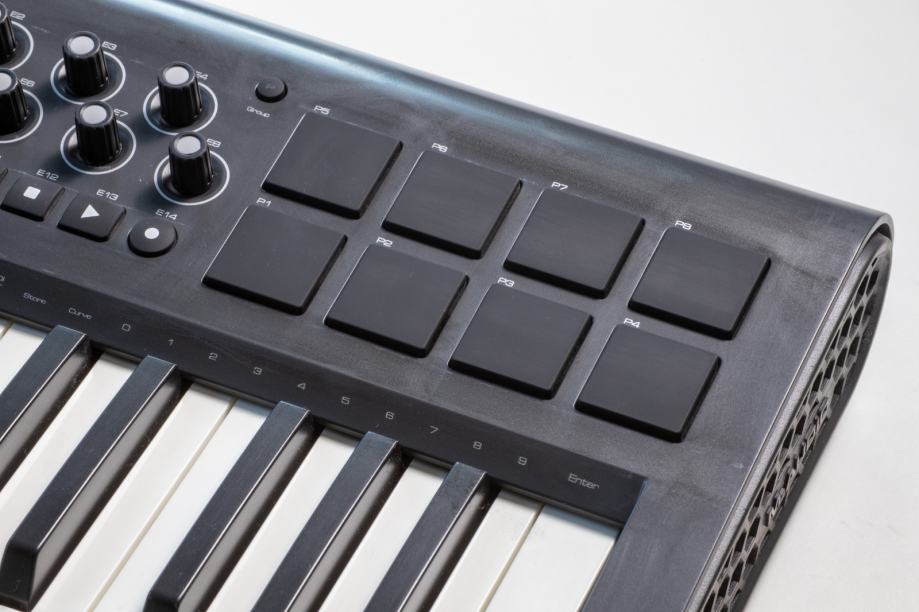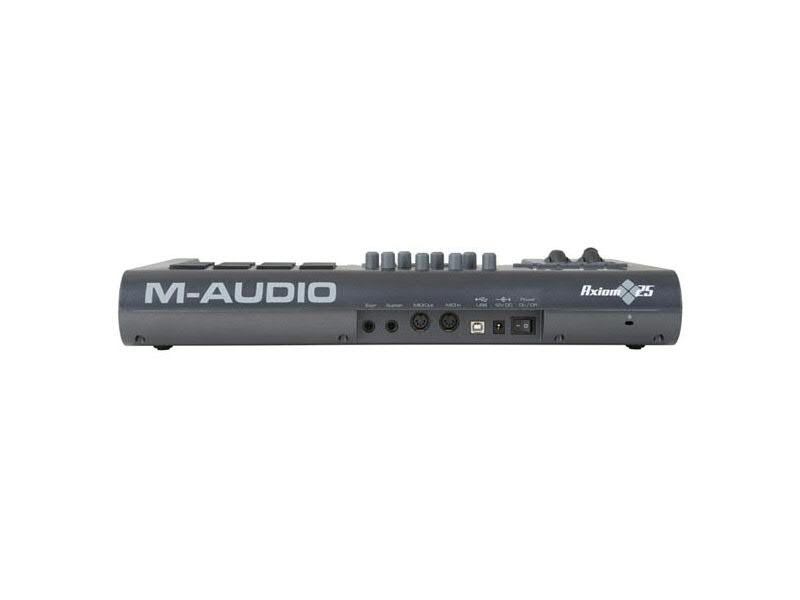


In this use, a car antilock braking system qualifies as an active-safety device, while both its seatbelts and airbags qualify as passive-safety devices. This terminology is not related to active and passive safety, which are, respectively, systems designed to prevent collisions in the first place, and systems designed to minimize the effects of collisions once they occur. This is in contrast to seat belts, which are considered "active" devices because the vehicle occupant must act to enable them. Because no action by a vehicle occupant is required to activate or use the airbag, it is considered a "passive" device. Īirbags are considered "passive" restraints and act as a supplement to "active" restraints. Many modern vehicles now include six or more units. Broad commercial adoption of airbags occurred in many markets during the late 1980s and early 1990s. The first commercial designs were introduced in passenger automobiles during the 1970s, with limited success, and actually caused some fatalities. Newer side-impact airbag modules consist of compressed-air cylinders that are triggered in the event of a side-on vehicle impact. Working as a supplemental restraint system to the vehicle's seat-belt systems, airbag module deployments are triggered through a pyrotechnic process that is designed to be used once. Using this information, the airbag ECU's crash algorithm determines if the crash event meets the criteria for deployment and triggers various firing circuits to deploy one or more airbag modules within the vehicle. Modern vehicles may contain up to 10 airbag modules in various configurations, including: driver, passenger, side-curtain, seat-mounted, door-mounted, B and C-pillar mounted side-impact, knee bolster, inflatable seat belt, and pedestrian airbag modules.ĭuring a crash, the vehicle's crash sensors provide crucial information to the airbag electronic controller unit (ECU), including collision type, angle, and severity of impact.

The airbag provides an energy-absorbing surface between the vehicle's occupants and a steering wheel, instrument panel, body pillar, headliner, and windshield. It can reduce injuries between the flailing occupant and the interior of the vehicle. The purpose of the airbag is to provide a vehicle occupant with a soft cushioning and restraint during a collision. It consists of the airbag cushion, a flexible fabric bag, an inflation module, and an impact sensor. The driver and passenger front airbag modules, after having been deployed, in a Peugeot 306Īn airbag is a vehicle occupant-restraint system using a bag designed to inflate extremely quickly, then quickly deflate during a collision.


 0 kommentar(er)
0 kommentar(er)
